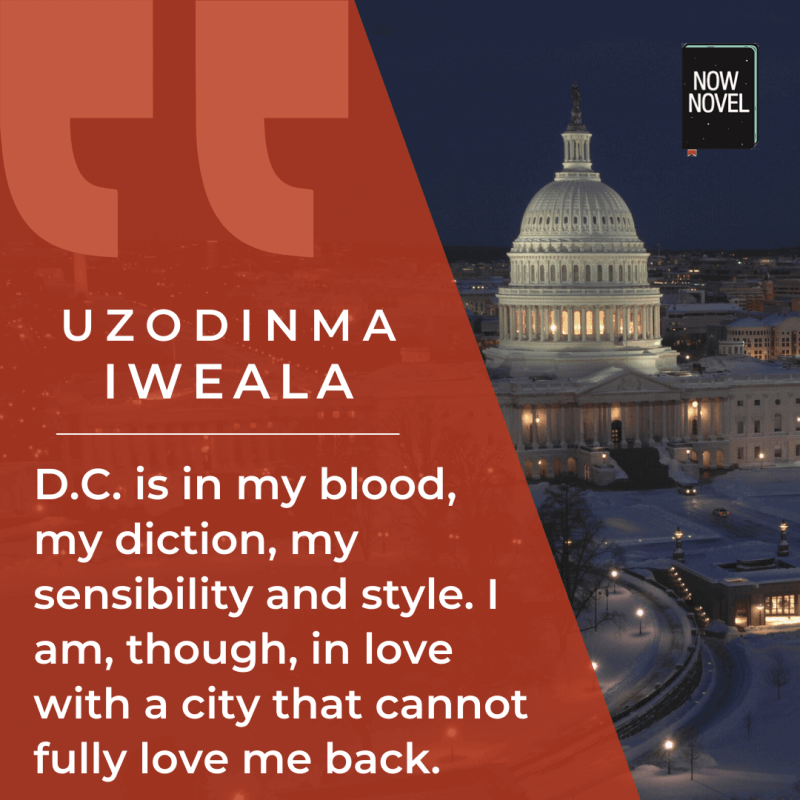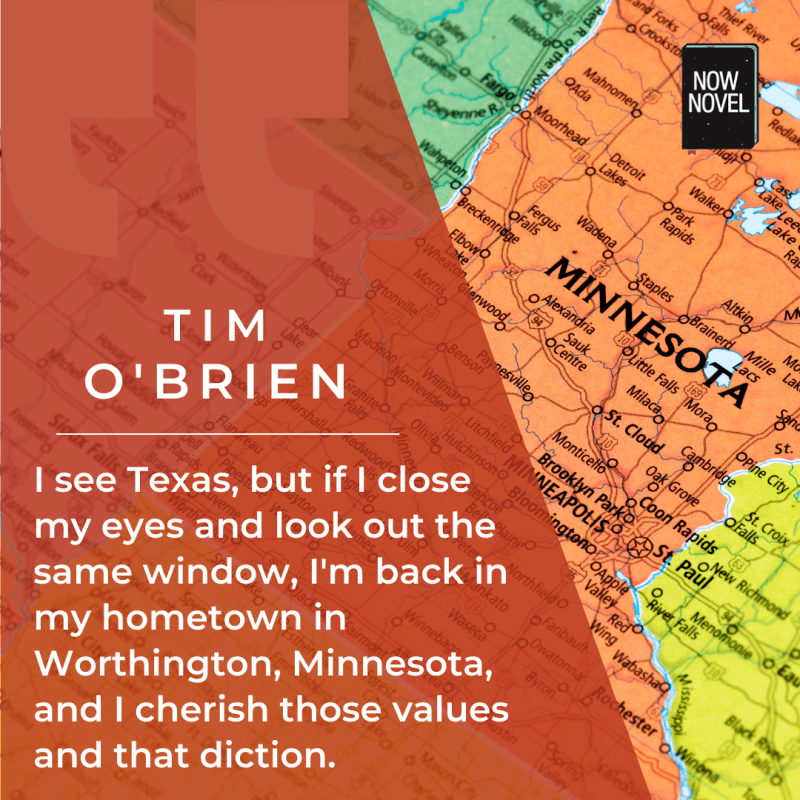What is diction in writing? It is the effect that writing creates due to word choice and other elements of style such as register (formal vs casual) and connotation. It’s the choices that make a ‘posh’ voice read posh, for example. Here are simple ways to use it to create personality in your stories and vivid voice, with examples of diction from fiction:
How to use diction to create character: 6 ways
- Favour formal, casual or slang diction
- Borrow from setting for local flavour
- Tie diction to backstory
- Tweak diction to suggest character growth
- Play with positive and negative connotation
- Match poetic diction to character, tone and mood
Let’s explore these ideas for how you can use diction to give your characters’ real voice closer:
1. Favour formal, casual or slang diction
There are three main levels of formality in diction that Wheaton College identifies in their style guide, in decreasing order of formality: Formal, casual and slang.
They give the following examples of each register:
| Formal | Casual | Slang |
| are not angry | aren’t mad | ain’t ticked |
We can see how with decreasing formality, language is ‘looser’.
The word ‘mad’ would usually mean or connote actual insanity (‘the king’s gone mad’, for example). Yet in casual language usage, it has also become a word to describe insanity-like anger.
‘Ain’t ticked’ is the kind of language you would imagine Huck Finn using.
It’s slang because it’s even more removed from a formal register than ordinary, casual speech.
A college student in Johannesburg might say ‘Yoh, I was babelas yesterday, hey’ (‘Yoh’ being an expression of shock/surprise, and ‘babelas’ meaning ‘hungover’ in South African slang).
Slang is language’s remixing, its mash-ups.
When you create a character, think about any bias they may have for using one type of the above three dictions.
A boy who went to the prestigious Eton College boarding school in the UK may use a much more formal register by default, for example.
By comparison, a girl who went to a school in an underprivileged, diverse community may use wildly contrasting diction combining slang from different cultures present within her community.
In this way, people’s environment (socially, culturally) may shape their diction.
If your characters come from different necks of the woods, diction provides a useful way to hint towards these different routes to where they are, now.
Make your diction and style shine
Get a manuscript evaluation or copy-edit for your story and make every sentence count.
GET QUOTE
Diction examples: Formal, casual and slang
Compare these diction examples showing different degrees of formality from fiction:
Everything had gone wrong in the Oblonsky household. The wife had found out about her husband’s relationship with their former French governess and had announced that she could not go on living in the same house with him.
Leo Tolstoy, Anna Karenin (Penguin Classics ed. Translated by Rosemary Edmonds), p. 13
The narrator in Tolstoy’s classic has formal diction. There are no contractions, slang words. ‘Announced’ is ‘stuffier’ than a simple (more casual) ‘said’.
Compare to the casual diction in dialogue from Barbara Kingsolver’s Animal Dreams, where the narrator’s friend Emelina is chiding her for not sleeping enough:
You’ve got to have your sleep. They had a special on Nova about it. This man in Italy died from not sleeping for around eight months. Before he died he went crazy. He’d salute the doctors like he was in the army.
Barbara Kingsolver, Animal Dreams (1991), p. 75
The casual diction of contractions (‘you’ve’ for ‘you have’) plus informal language (such as ‘special on Nova’ referring to a TV special on a specific channel) creates the ring of a natural conversation between girlfriends.
In Nick Hornby’s novel Slam, about a 16-year-old skater named Sam, we read slang diction in conversation between Sam and a skater nicknamed ‘Rabbit’:
So this one evening, I was messing around down at the Bowl, and Rabbit was there, and … Like I said, Rabbit isn’t the most incredible brainbox, but even so. This is what he said.
Nick Hornby, Slam (2007), p. 11.
‘Yo, Sam,’ he said.
Did I tell you that my name is Sam? Well, now you know.
Slang words such as ‘yo’ for ‘hello’ create the casual diction you’d expect between teenaged skaters. They’re acting casual, not trying too hard.
2. Borrow from setting for local flavour
Diction varies widely not only with age and culture but by territory, too.
A younger character from the UK, for example, may describe a person as ‘well fit’ meaning ‘attractive’. A South African might say someone ‘is mooi‘, code-switching to Afrikaans (mooi meaning ‘lovely’, ‘beautiful’ or ‘attractive’).
There are two aspects of setting that are relevant for diction: Time and place.
If you’re setting a story in a specific country or city, research any slang terms specific to that place.
Try to find series and/or films set in the same place and time, as these will help you get an ear for local speech.
For example, in US slang in the 90s, ‘wazzzzzup’ (with a drawn out ‘z’) became a common slang greeting in youth culture for a while thanks to a Budweiser commercial.
You can apply the same ideas if writing fantasy or sci-fi and inventing a world. One region might have words for specific items or types that travellers from another region find funny. These are details of diction that go into what makes each place and its people feel unique.
An example of regional diction between two Aussie guys:
“Wazzzzzup? How ya goin?
“Mate, you a nineties rapper now? Where’d ya get this ‘Wazzzup’ from, ya big dag?”
3. Tie diction to backstory
An interesting way to use diction to create three-dimensional characters is to tie your characters’ diction to their backstory.
For example, the improvement of a family’s fortunes in a story set in a bygone era could result in the parents sending their youngest child for elocution lessons (a form of speech therapy for ‘speaking well’).
This scenario could lead to the youngest sibling speaking with much posher affectation than their other siblings.
The way a character speaks can thus tell the reader a story – a history – in itself.
Another character from privilege might work hard to disguise their status or wealth by adopting the slang used by peers in a new setting (for example, a runaway princess trying to blend in with a gang of thieves).
Diction may be predictable for the path a character has walked, or surprising, too.
Example: The Poisonwood Bible
In Barbara Kingsolver’s The Poisonwood Bible, a Southern evangelical Baptist family relocates to the Congo.
The parts of the story narrated by the youngest member of the family convey a sense of this background in the wide-eyed tone of the narrator, Ruth May. Her diction is casual and simple, suggesting a younger voice. It includes religious expressions (bolded below) that suggest the family’s backstory:
The children are named Tumba, Bangwa, Mazuzi, Nsimba, and those things. One of them comes in our yard the most and I don’t know his name at all. He’s near about big, like my sisters, but doesn’t wear a thing on God’s green earth but an old gray shirt without any buttons and baggy gray underpants.
Barbara Kingsolver, The Poisonwood Bible (1999). p. 58.
4. Tweak diction to suggest character growth
The way a character’s diction changes over the course of a story may also suggest their growth, ascent to specific status, or other key change.
For example, a young girl who becomes queen may gradually adopt the royal ‘we’, moving away from narration using ‘I’ as the story progresses.
An unusual example of this creative use of diction is James Joyce’s A Portrait of the Artist as a Young Man.
In Joyce’s famous modernist novel, the narration mimics the diction of a very young child at the story’s start:
Once upon a time and a very good time it was there was a moocow coming down along the road and this moocow that was coming down along the road met a nicens little boy named baby tuckoo.
James Joyce, A Portrait of the Artist as a Young Man (1916), p. 7.
As the story progresses, the diction grows more ‘adult’ as the main character, Stephen Dedalus, grows from childhood to adulthood, too.
This is a very unusual and very stylized use of diction to emphasize character development, or growing up. Yet it shows how diction can inflect the narration in interesting ways that suggest the narrator (or the subject’s) age, progress and other characteristics.
5. Play with positive and negative connotation
‘Connotation’ is an important aspect of diction.
Two statements may have exactly the same meaning, but different positive or negative connotations due to word choice.
For example:
| Literal | Positive | Negative |
| He did some gardening | He beautified and tidied the garden | He butchered a few of the plants and regimented the rest. |
The diction of the first is emotion-neutral. Emotion-neutral diction states facts, without assigning an obvious emotional character to the stated facts.
The speaker for the second, ‘positive’ diction example clearly approves of the gardener’s work.
The third, ‘negative’ example indicates that the speaker does not think highly of the gardener’s capabilities or what he did.
When you create a character and their voice, ask:
- Does this person lean more towards positive or negative connotation? (Do they tend to be positive or negative?)
- What dialogue subjects make them shift into positive or negative diction? (What do they like/dislike or approve/disapprove of?)
- How do they express positive or negative sentiments?
One character with a negative/critical bias might say someone ‘butchered’ their roses. Another, less direct (or more dry) person might prefer understatement. For example, ‘Well, he’s not going to win the Chelsea Flower Show this year’.
6. Match poetic diction to character, tone and mood
Another type of diction in writing is ‘poetic diction’.
‘Poetic diction’ refers to the kind of expression typical to poetry, such as the use of more ‘grandiose’ (or rather, non-standard) language and playful devices such as personification (addressing an object as though it were a person).
Poetry Foundation defines poetic diction thus:
The vocabulary, phrasing, and grammatical usage deemed appropriate to verse as well as the deviations allowable for effect within it.
However, poetic diction is often used in prose, too.
For example, in Arundhati Roy’s The God of Small Things, the author uses prose that blurs the line between prose and poetry, using common poetic devices such as rhyme, assonance and alliteration.
She repeatedly refers to her vulnerable twin main characters as they grow up in rhyme, for example, as being ‘a viable, die-able age’.
If you use poetic diction for the voice of a character or narrator, make it match the tone and mood of your story. In Roy’s novel, the poetic diction works because it is both epic and melancholic in effect, reading like a poem of mourning for the tragedies in her characters’ lives. There’s grit and an elegiac quality in the lyrical poetry of her prose.
However, a character may have a pompous, pretentiously poetic diction, too. A character who consciously tries to be poetic, for example, but comes across as stuffy or grandiose.
Whatever types of diction you use, play with register (formal vs casual), regional colour and other elements to fill your story with a chorus of rich voices.
Make your diction, style, SPAG and other elements of your story work in its favour – get help from a skilled editor.




8 replies on “What is diction? How to write vivid voices”
A brilliant post. Most helpful. The trouble is that I now want to go back over all my books and rewrite!
Hi Vivienne, thank you for your kind feedback. Rewriting is a useful process, so it might be illuminating to do so if perhaps only for one of them. Thank you for reading our blog.
Wow… this is going to be really helpful for my fantasy world. But I’ve got to spend time for perfecting it too. Well, no pain, no gain!
I’m glad to hear that, Hashmath. Good luck creating it, don’t worry about ‘perfecting’ though, especially if you’re working on a first draft. An editor can help with the polishing later. Thank you for reading our blog.
An excellent post Jordan, very practical and so much food for thought for each and every character in my stories. Thank you!
Thank you MJ, I’m glad you found this article helpful. Thanks for taking the time to leave your feedback and good luck with your story!
Super helpful I had to reread the top part because of a typo. “It is the effect writing creates due to word choice”
Thanks Zephyr, we’ve updated the blurb at the top. Thanks for reading the blog and glad you found it helpful!